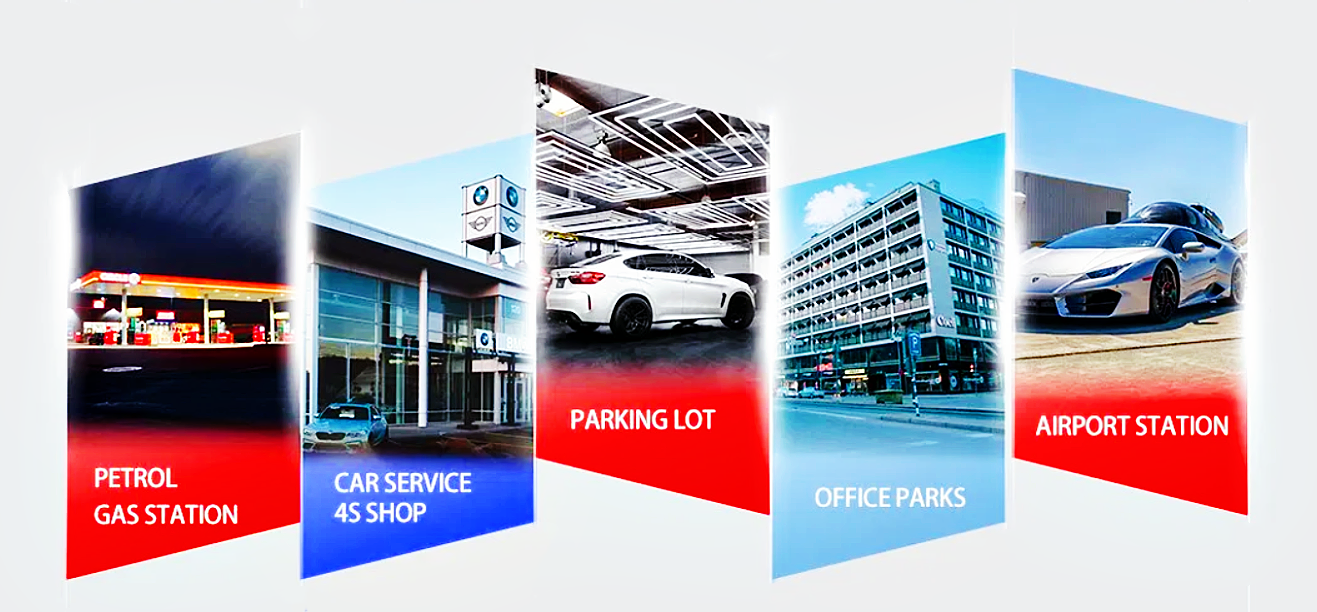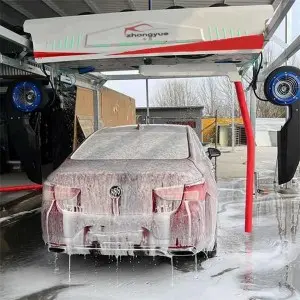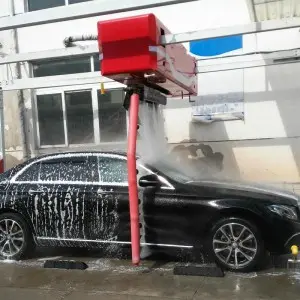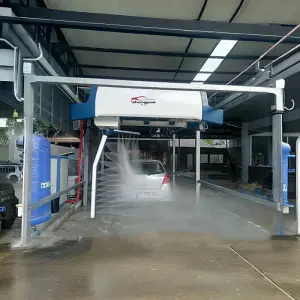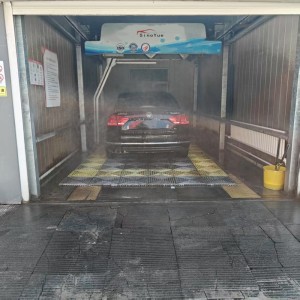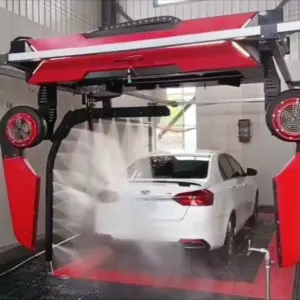Smart car washing machine
Compared with roller brush car washers, non-contact car washers have significant advantages: they avoid sunburn marks caused by brush hair, shorten the cleaning time of each car to 5-8 minutes, save 40% of water, and are especially suitable for high-end painted and film-coated vehicles. Its modular design can be adapted to a variety of models such as sedans and SUVs, and has become the mainstream configuration of modern smart car washes.
Contactless cleaning
Relies on high-pressure water flow (usually 60-150Bar) and special detergents to decompose stains and avoid scratches that may be caused by traditional brushes.
Suitable for high-end cars, cars with film stickers or cars with fragile paint.
Intelligent technology
3D scanning/sensor: Use cameras or infrared sensors to identify the contours of the vehicle and adjust the spray arm angle and water volume.
Automatic obstacle avoidance: Detect raised parts such as rearview mirrors and antennas to optimize the cleaning path.
Internet of Things (IoT): Support mobile APP reservations and payments, and monitor the progress of car washing in real time.
Environmental protection and water saving
Compared with traditional car washing, it can save 30%-50% of water (about 50-100 liters/time), and some models are equipped with a water circulation system.
Efficient and fast
The single cleaning time is about 3-10 minutes, which is suitable for fast services in gas stations, parking lots and other scenes.

Pre-rinsing:
Use high-pressure water jets to rinse large particles of mud and sand from the vehicle body.
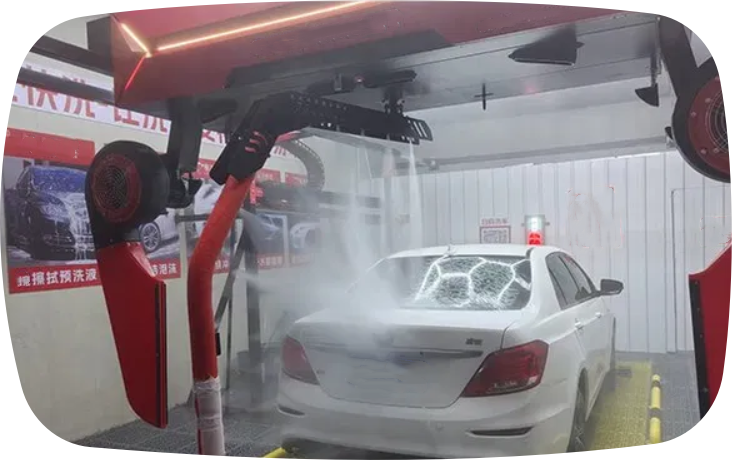
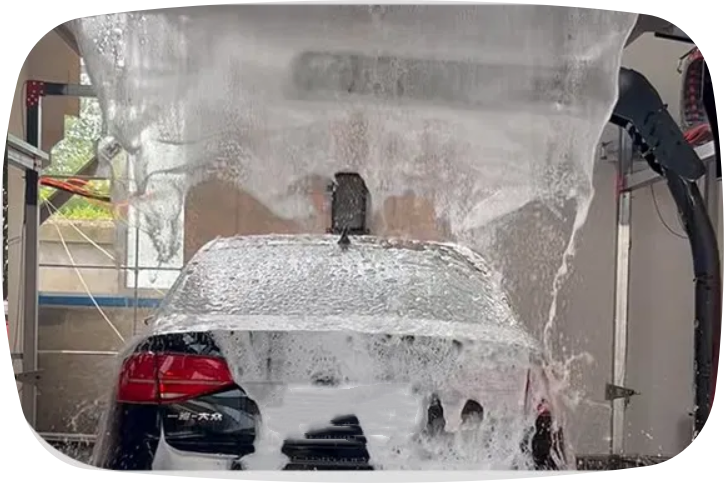
Foam Covering:
Spray with a neutral detergent to soften the dirt.
Secondary rinse:
High pressure water removes foam and residual stains.
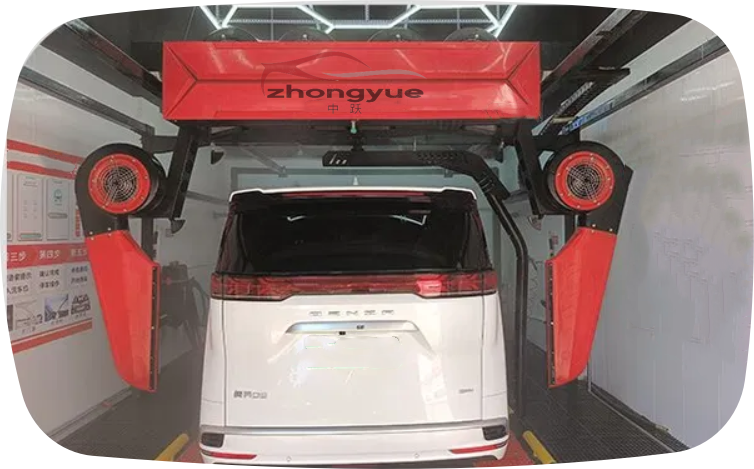
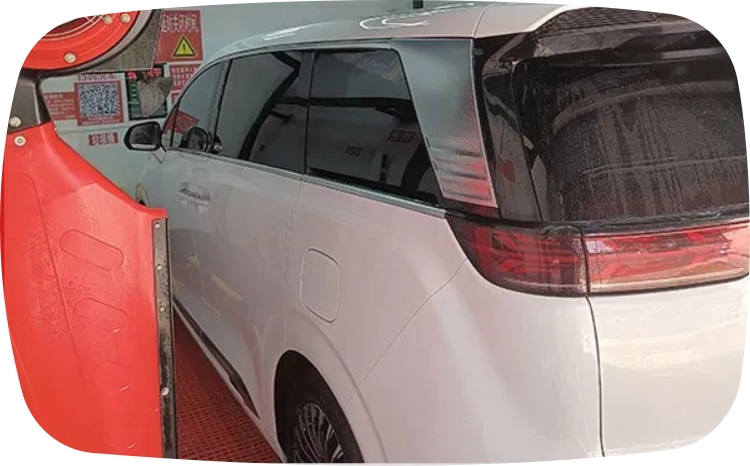
Air drying/coating (optional):
Some models provide air drying or spraying protective layer services.
Gas stations/service areas: tied to gas services to increase customer stay value.
Commercial parking lots: supporting shopping centers and office buildings, making use of fragmented time.
4S stores/repair centers: as value-added services, reducing labor costs.
Communities/residential areas: 24-hour self-service operation to meet the needs of owners
